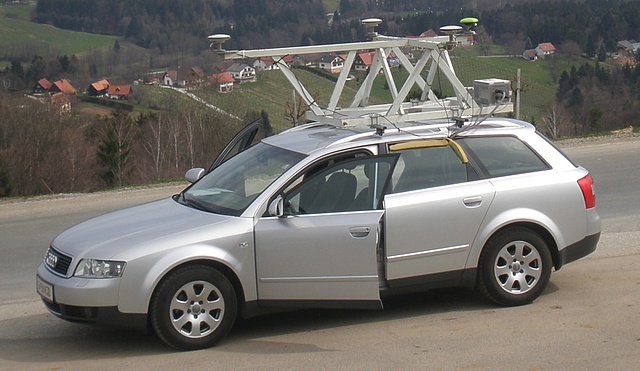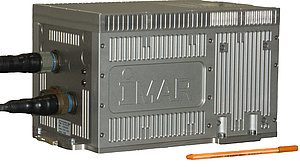Reference Trajectory - exact knowledge of your path
Do you need to know the performance of your navigation system or device? Do you want to have lane-level road information ?
We are proud to be the only university institute in Austria and maybe in Europe possessing a high accurate navigation-grade inertial navigation system like the iMAR iNAV-RQH-003 with ring laser gyros better than 0.003 deg/hr. With this system, we can
- survey roads,
- create ground truth data for commercial systems as well as scientific investigations with accuracies less than a cm,
- calibrate inertial sensors (sensor errors, relative orientation, etc.)
- evaluate navigation equipment

Contact
Philipp Berglez
Steyrergasse 30/II
8010 Graz
Austria
Tel: +43/316/873-6830
pberglez@tugraz.at

